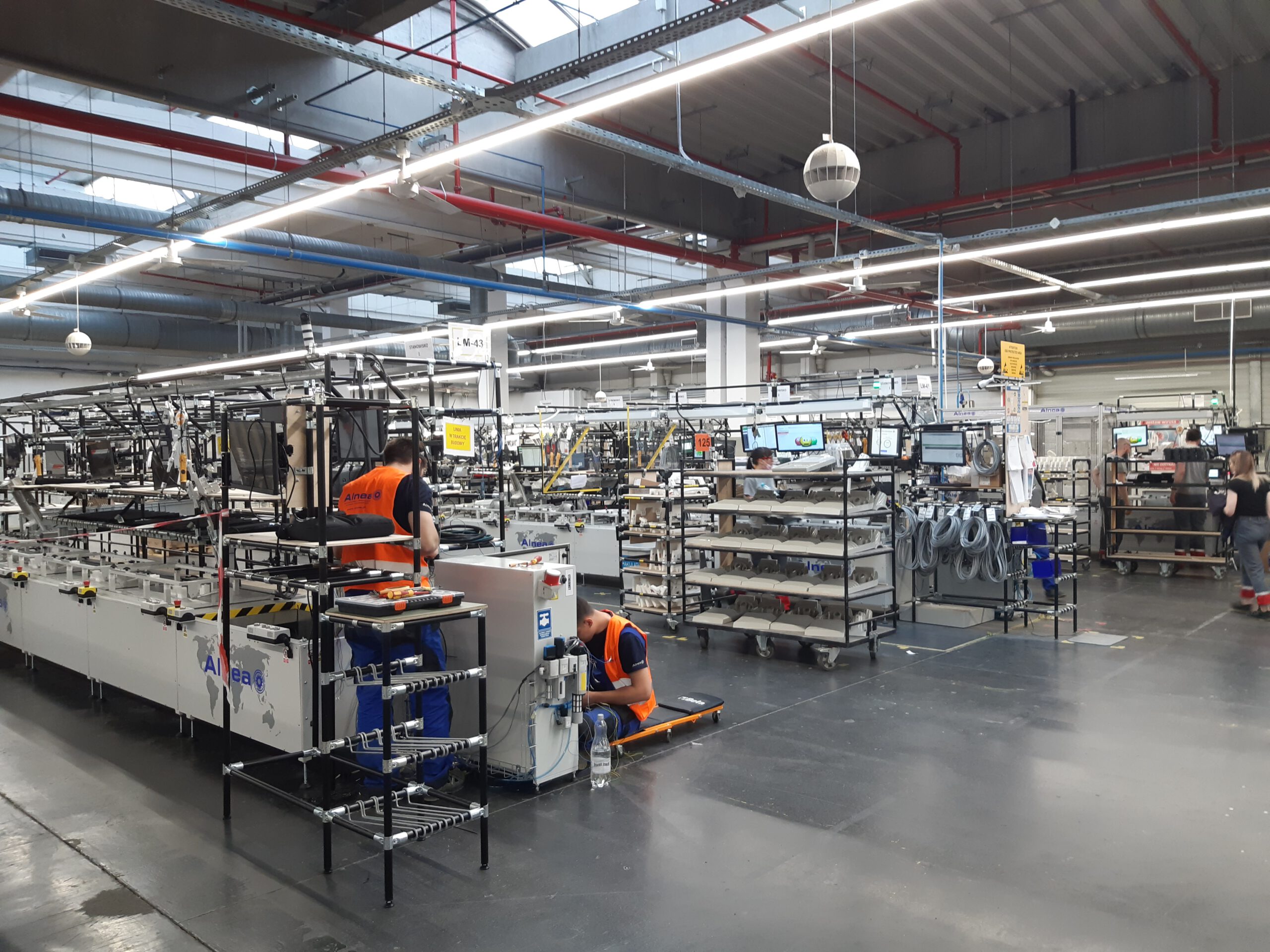The last few years have brought us an incredible increase in automation in the service sector. Digital transformation has also strongly affected some industries – especially food. Manufactured products must be of good quality, be diverse and tailored to the needs of the customer, and the fact that these change quickly so we need for flexibility. The 5 levels of automation present the perspective of the company’s development, from manual processes through the gradual increase of robotization, to the harmonious autonomy of all systems.

Company diagnosis
To start the transformation towards Industry 4.0, it is first necessary to make a diagnosis of the company in terms of process advancement and digital maturity. You can also create the entire Roadmap to Industry 4.0, i.e. the entire strategy of the company’s development towards the implementation of an appropriate business model and new technologies.
5 levels of automation
-
Manual production
Manual production is characterized by companies in which the machine of automation. The processes take place without integration, the data is collected in paper form and then entered into a spreadsheet.
Actions are based on strict procedures, manual actions.
-
The beginnings of automation
Machines appear, simple conveyors, but they are unitary. Implementation of new devices is difficult because it requires greater qualifications from operators and new procedures. The data is still collected in paper form. This level is often characterized by randomness – purchases of new machines are not dictated by the development strategy.
-
Process development
More machines mean more advanced procedures, faster product manufacturing and greater repeatability. Automated value chains are emerging. At this stage, the company should already have a whole development and transformation strategy in place to avoid unnecessary or unsuccessful investments.
-
Advanced automation
Processes and machines are arranged in specific cycles, are measurable, standardized and repeatable. The data is collected digitally and processed in such a way as to improve production. Employees mainly deal with processes that are difficult to automate, but their main task is to supervise the work of machines.
-
Full integration of machines, processes and people
Full integration of machines, processes and people is Industry 4.0. Machines and robots as well as automated production lines cover almost 100% of processes. The integration also includes production data collected in BigData and processed in the cloud. Scalability of production is possible at the highest level of quality. Humans continue to control machines and processes and create new quality in value chains.
Other determinants of modern automation
The history of automation is over 100 years old. Since then, business models, technologies and supply chains have changed. What are the determinants of modern automation?
– Closed circulation of raw materials (water, energy, etc.)
– Energy efficiency
– Intelligent production
– Digitization of production, administrative and office processes
– Cybersecurity
– Leadership, project management and development strategy
– Employee education



 Also during the AiR Conference, we present awards to the most talented students of technical schools.
Also during the AiR Conference, we present awards to the most talented students of technical schools.
Recent Comments